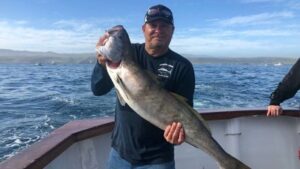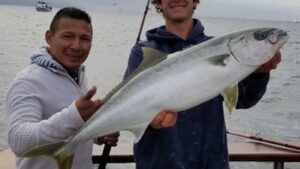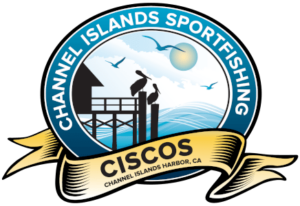White Seabass or Atractoscion Nobilis, is a species of croaker occurring from Magdalena Bay, Baja California, to Juneau, Alaska. They usually travel in schools over deep rocky bottoms and in and out of kelp beds.
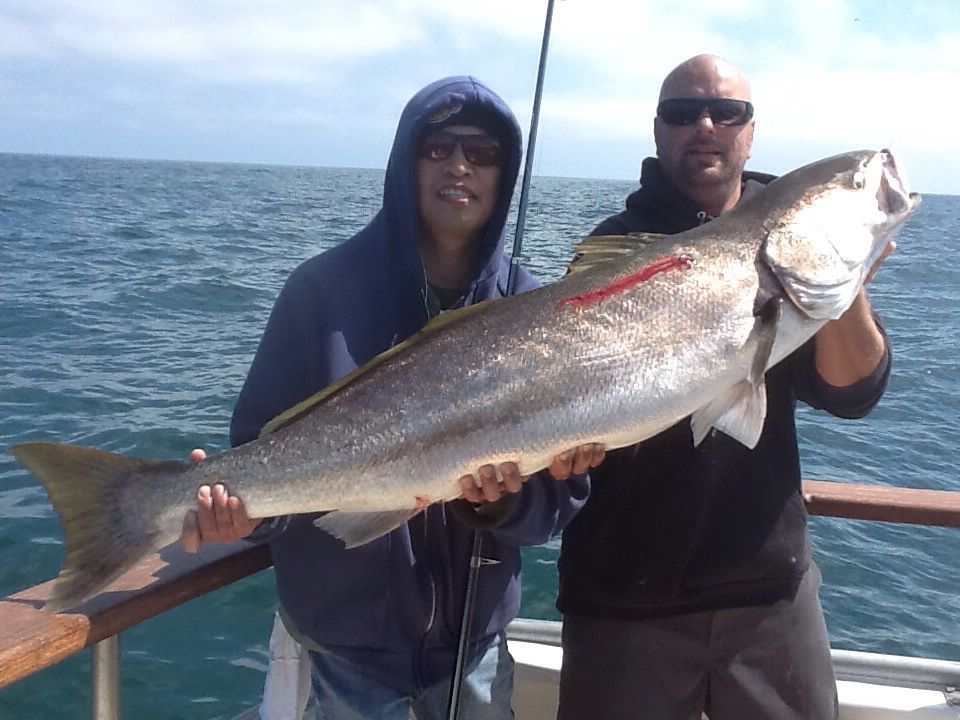
In this discussion I will go over a few tips and tricks when targeting White Seabass and put tackle suggestions on the back burner for now. The White Seabass season runs from May to July but not limited to these months depending on location. I live close to Northern Channel Islands in Southern California and am going to speak freely in regards to my own back yard. First and foremost when targeting WSB you will first need to be comfortable being flexible, open minded and humble. The season for these silvery game fish normally starts with only a hand full of fish being caught over several days. The catch rate or fish per angler will increase as small groups of fish gather and begin to compete for a food source, culminating hopefully in a “wide open” bite. During this time, most anglers simply enjoy the rush of catching a big fish, take pictures, shoot video and call home to tell the family to fire up the BBQ. Nothing wrong with this and I am often “that guy”, usually behind the camera though. Anglers on a higher level will be doing much more leading up to and during this most exciting time. Take notes of your surroundings and conditions. Now the word conditions, is a verge term consisting of but not limited to moon faze, bait, temperature, barometric pressure, tide and location. A friend of mine even takes note if the birds were flying high or low.
Let’s start right off with the most often mentioned factor when trying to pick your day on the water, moon phase. You’ve heard your friends say “Three days before and after the full moon” are the best times. This may or may not be true but I’ve seen many a bite in the dark of the moon so other factors must be coming into play right? Bait must be the key! What bait or food source do these fish have available and which one of them are they actually eating? Squid is croaker candy and you can only catch a WSB on live squid! This is again often true, but there have been wide open bites with nothing but anchovy even with squid a plenty. In fact I’m of the opinion that fresh dead squid is better than a live squid simply because these fish are lazy, again this is just my opinion. So it must be air and sea temperatures! Many anglers follow “sea temps” and feel certain fish will bite when the temperatures reach a specific degree. This same friend I mentioned earlier feels 62.4 degrees is the catalyst to spark a bite. So we have figured out the perfect moon phase, bait and sea temperature for catching your white Seabass. Barometric or atmospheric pressure is the next piece of the puzzle. Atmospheric pressure is the force per unit area exerted on a surface by the weight of air above that surface in the atmosphere of Earth. An easy way to check the air pressure is to simply look up and observe the clouds above, are they high or low? Knowing your pressure is important and something you can check before even leaving the dock. Moving on to tides, directly affected by the moon and its pull on the earth’s surface tides or lack thereof can be a major player in spawning a bite. Note what direction the tide or current is running. Easy way to observe this is to look at the kelp and see what direction it is laying and how deep. Generally speaking, the deeper the kelp is laying, the stronger the current. If no anchored kelp is present simply note what direction your boat is laying when anchored and how much your anchor rope “chatters”. The stronger the current the more your anchor rope will chatter or wiggle. Last but not least is location! Note your depth and land marks or the latitude and longitude on your GPS. Fish may not occupy the same area throughout the day but make runs from spot to spot, often returning several times a day. So now we have figured it out right? Moon phase, bait, temperature, barometric pressure, tide and location. Wait, what about the birds flying high? I’m still trying to figure that one out myself.
In all seriousness, these factors are important but no one is the end all key to success. A combination of all and probably more are the key, throwing in a lot of luck to top it off! After the peak of a bite it will slow again to a crawl then completely shut off for a period. It could be days or weeks but they seem to always come back sometimes even stronger. White Seabass are one of the most prized game fish in the Channel Islands and can be one of the toughest fish to catch not only because they are one of the larger fish, but they will test an angler sometimes to the edge of madness trying to figure them out. By the way, the friend I mentioned here in the blog has never actually caught a White Seabass yet!
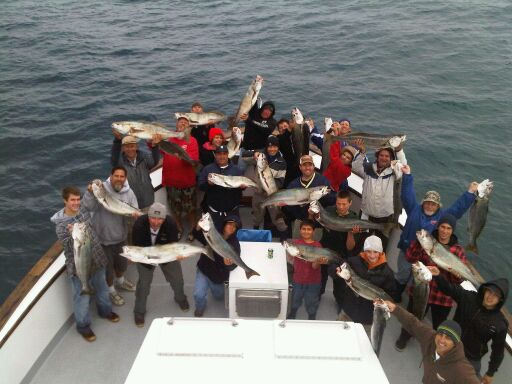
Click here for our current online schedule.



